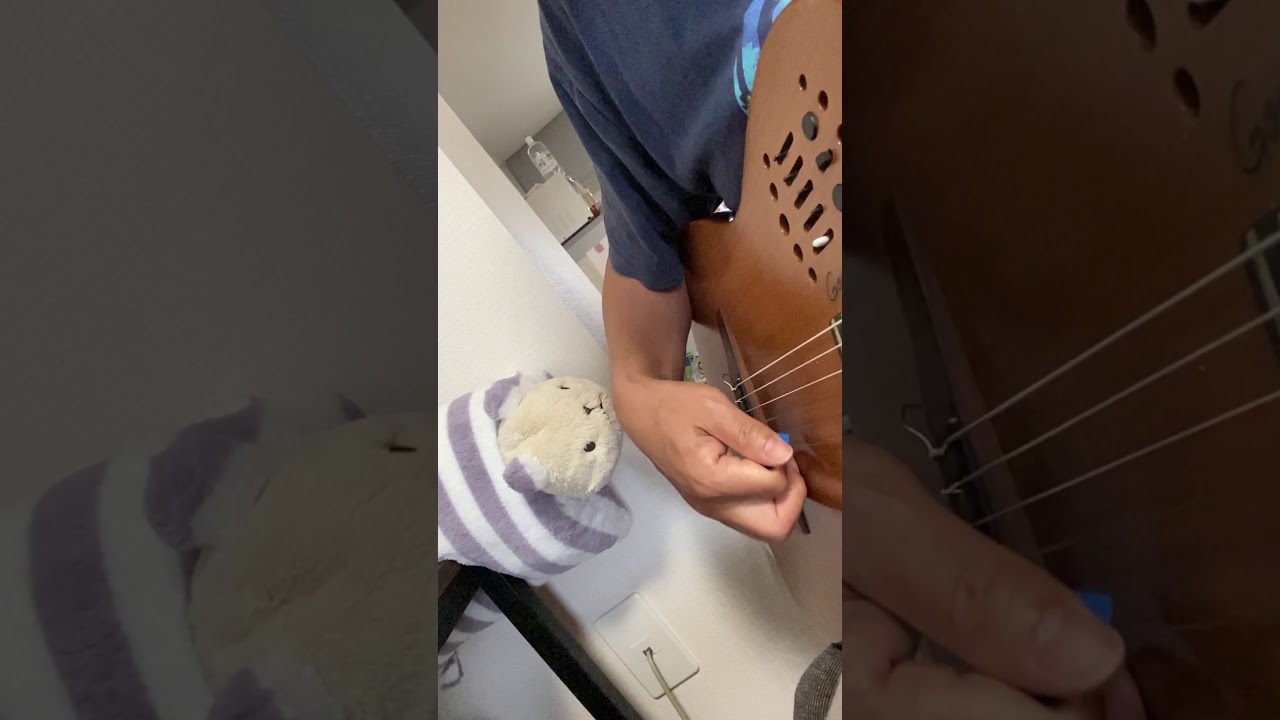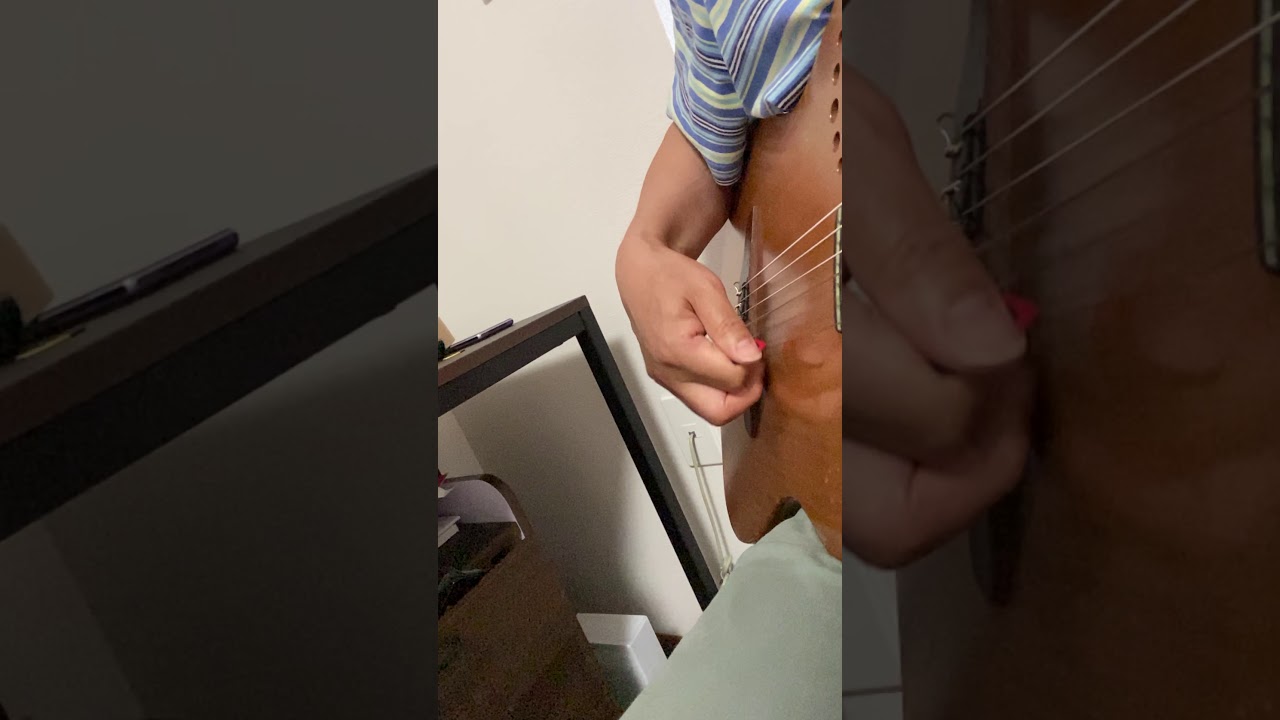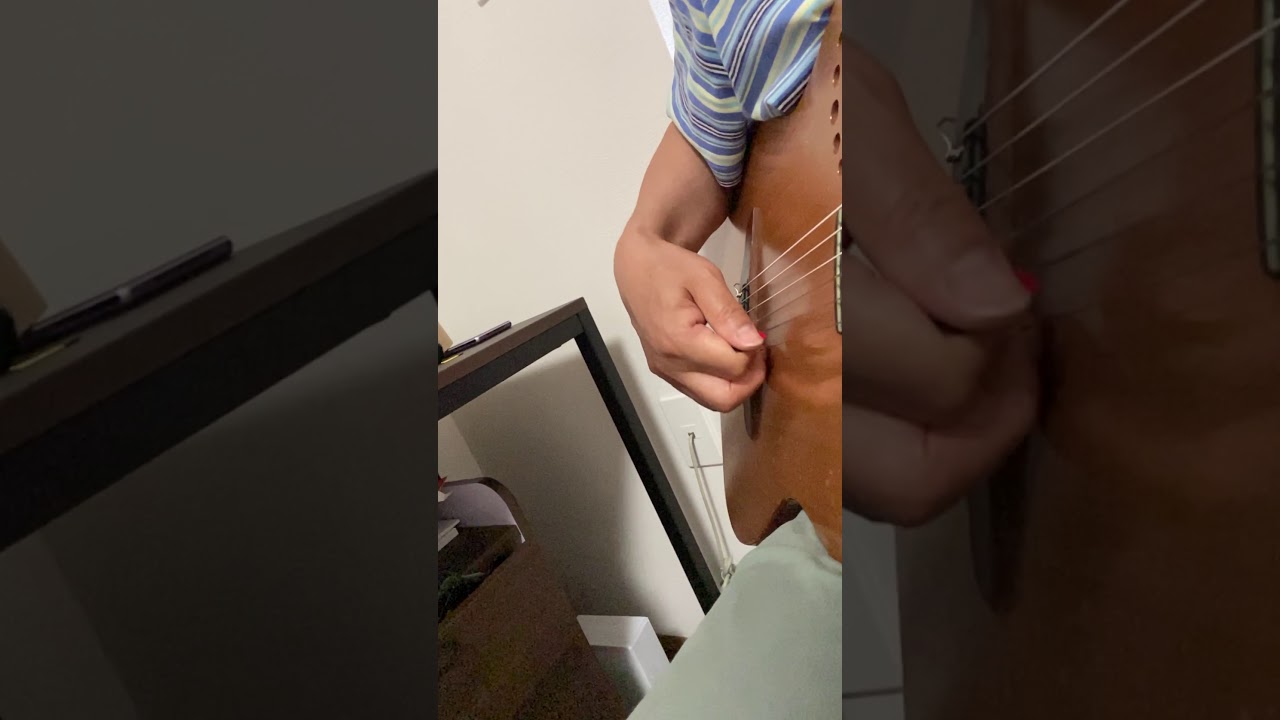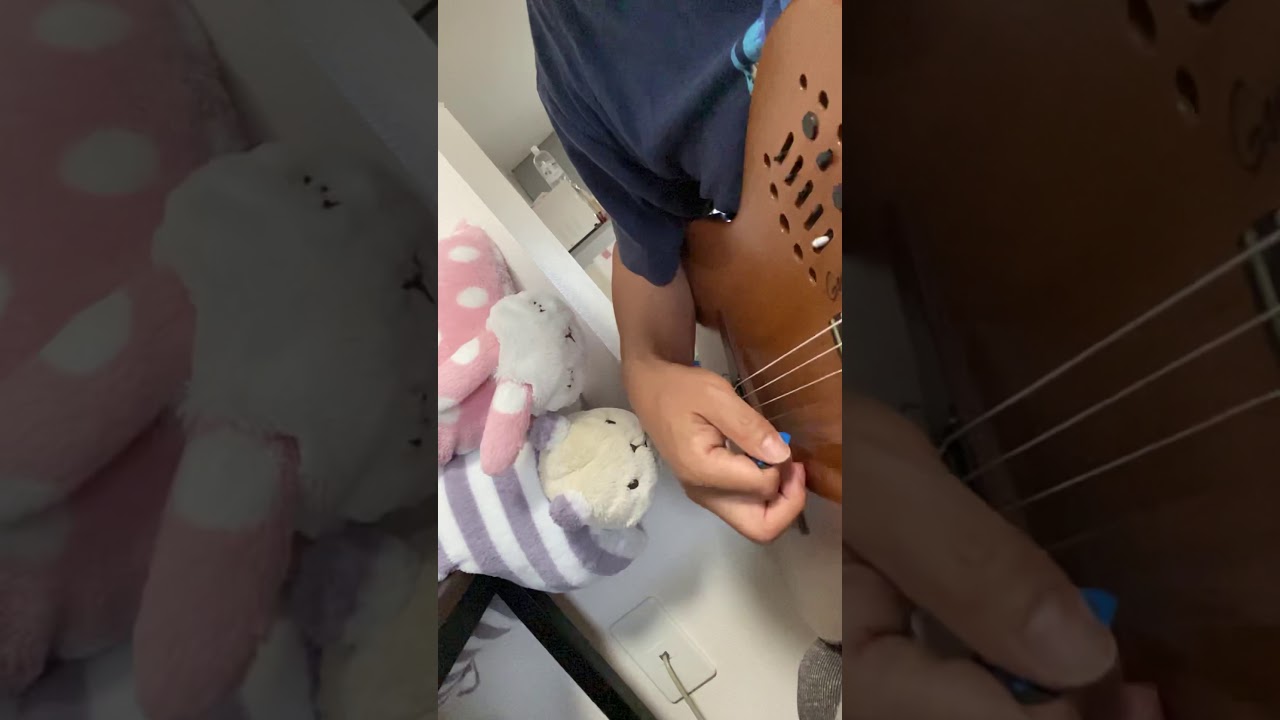I’m struggling on USX motion using forearm movement, because my wrist movement is pretty slow and USX with (pure) wrist movement does not seem to work for me. I’m currently trying two styles of picking and wondering which way to go.
Style A (first video):
I hold my pick with decent force (more than Style B) to stabilize. By doing so, the first joint of my thumb gets more straight (less bent) than Style B and as a result edge picking angle gets like less than 30 degrees. Since I hold my pick with more force than Style B, I have more control. However, probably because edge picking angle is less, I need more force to get my pick go through strings. This seems to lead to string-hoppy movement. In down picking motion I kind of push string with my thumb. I can change strings relatively easily. I probably use forearm rotation to change strings. Since my pick gets farther on low pitch strings (A or low E strings), I use joints of my index finger and thumb to reach the strings. Tone gets less noisy I think.
Style B (second video):
I hold my pick more loosely. I bend my thumb more than Style A. Edge picking angle gets closer to 45 degrees. Since I hold my pick loosely, I need less force to have my pick get through the strings. I kind of scratch strings. The trajectory of the pick seems to be more straight. Currently my both hands are not really synchronized. I even could not slow down the motion but gradually I’m getting able to slow down as I practice. I have trouble in string changes. It is really difficult to change to low pitch strings (like from G string to D string), because I have less control on joints of my index finger and thumb.
I’m asking because I really can’t believe in Style B because of difficulty in string changes and over all control on articulation and rhythm.
I’m probably asking about how I hold picks, how my pick should get through strings, and string changes.
Thanks in advance.





